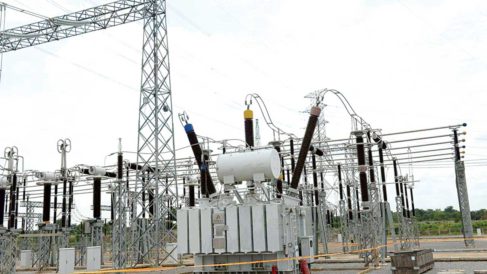Bearish tone struck for oil markets
 The International Energy Agency (IEA), in its last monthly oil market report before Opec and other producers are due to meet to decide an output-curbing agreement, said it sees easing demand growth next year and warned of a continued glut if Opec doesn’t reach a deal.
The International Energy Agency (IEA), in its last monthly oil market report before Opec and other producers are due to meet to decide an output-curbing agreement, said it sees easing demand growth next year and warned of a continued glut if Opec doesn’t reach a deal.
The IEA highlighted the fact that while output declined this year, Opec producers had pumped at record levels and nearly made up for the declines from non-member producers, especially the United States.
Opec crude output rose by 230,000 barrels per day (bpd) last month to a record 33.83 million bpd as production recovered in Nigeria and Libya and Iraq output hit an all-time high.
“Output from the group’s 14 members has climbed for five months running, led by Iraq and Saudi Arabia,” reaching a level 1.3 million bpd higher than October last year, the IEA said in its report.
The Paris-based energy think tank for the OECD group of rich countries said that it sees demand growth for oil easing this year to 1.2 million bpd and holding at that rate of growth next year to reach a world total of 97.5 million bpd.
Oil demand growth last year hit a five-year peak of 1.8 million bpd but has slowed “due to sharp slowdowns in the OECD Americas and China,” the IEA said.
While oil inventories fell last month for the second month in a row – by 17.1 million barrels to just over 3 billion barrels – the IEA warned that “initial data point to renewed crude stock builds in the US and Japan [and] stock builds could continue through 20 17 if Opec does not agree to production restraint at its forthcoming meeting in Vienna”.
Opec agreed in Algiers in September to reach a deal to cap its overall output at between 32.5 million and 33 million bpd, which implies an overall cut of at least 830,000 bpd or as much as 1.33 million bpd from last month’s level, according to IEA’s figures.
An Opec cut would have to be led by Saudi Arabia and it would be a reversal of the kingdom’s policy of the past two years when it has pumped aggressively and recaptured market share from higher-cost producers.
That led to plunging oil prices, during which benchmark Brent futures dropped from about US$115 a barrel in summer 2014 to a low of below $30 in January, before recovering to above $50 for most of this year.
The main stumbling block to a deal within Opec has been how to share the burden and it was agreed in Algiers that three countries – Nigeria, Libya and Iran – are special cases as their production had been cut by internal conflict or, in Iran’s case, sanctions related to its nuclear programme.
But the details of countries’ contributions has still proved to be contentious as Opec members have haggled over the past month, which has spooked oil traders and pushed Brent futures down to between $44 and $45 a barrel.
Also, while six non-Opec members, including Russia, attended the summit in Algiers and have voiced support for a deal in Vienna, they have made no firm commitment. Indeed, Russia has hit new post-Soviet era levels of output.
“The world’s biggest crude oil producer, Russia, will see its output increase by 230,000 bpd in 2016, and sustained production at current record levels would result in growth of nearly 200,000 bpd next year,” the IEA noted. “With production also expected to grow in Brazil, Canada and Kazakhstan, total non-Opec output will rise by 500,000 bpd next year, compared to a fall of 900,000 bpd in 2016. This means that 2017 could be another year of relentless global supply growth similar to that seen in 2016.”







